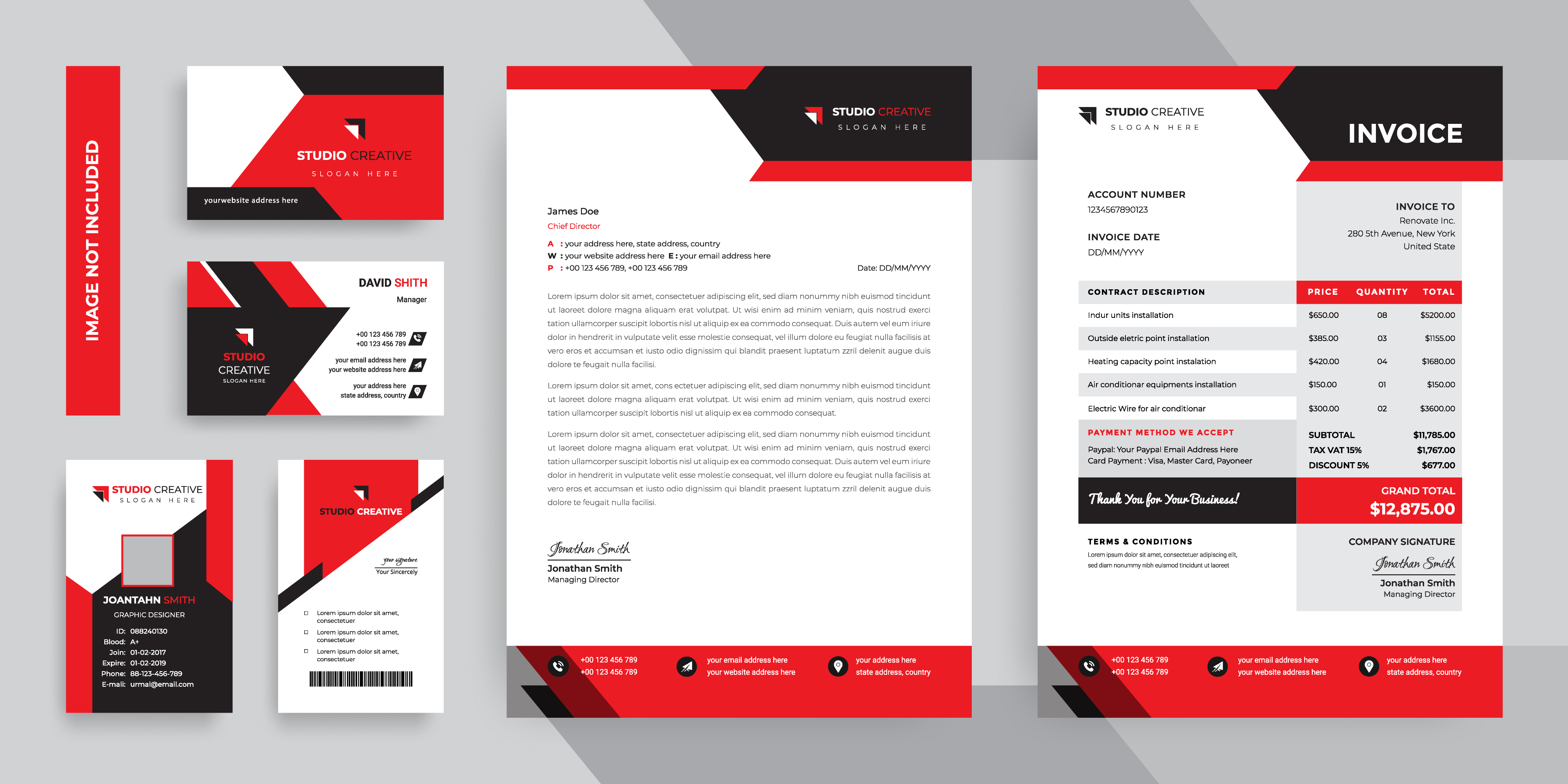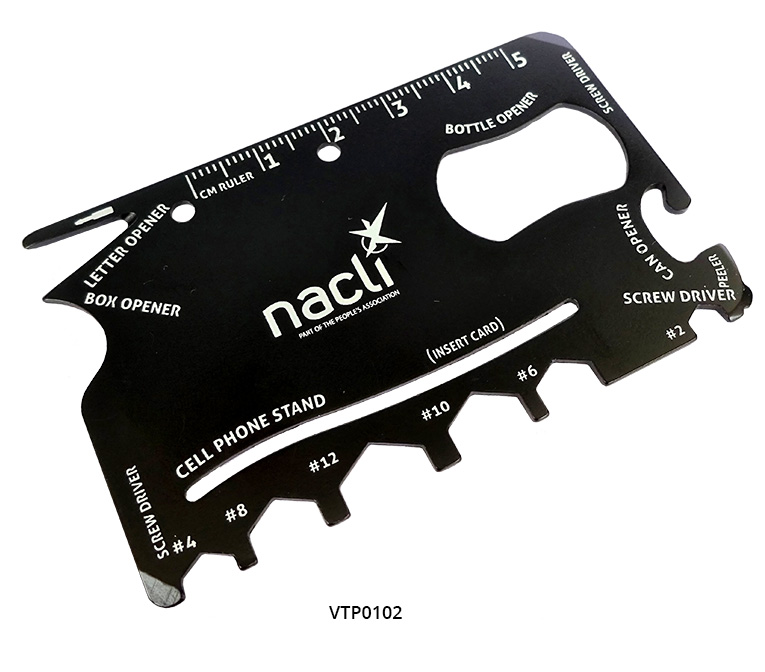

In English, words that are borrowed from other languages and retain the accent include: attaché, blasé, canapé, cliché, communiqué, café, décor, déjàvu, détente, élite, entrée, exposé, mêlée, fiancé, fiancée, papiermâché, passé,pâté, piqué, plié, repoussé, résumé, risqué, sauté, roué, séance, naïveté, toupée and touché. In non Latin alphabets, these marks can perform other functions The main use of these marks in Latin alphabets is to change a sound value. A diacritic or diacritical mark is added to a letter and can appear above or below the letter or in some other position such as within the letter or between two letters.
#Remove letter opener pro plus
Other options include the breve, inverted breve, caron, cedilla, dot, hook, hook above, horn, macron, ogonek, ring, rough breathing, and smooth breathing.ĭiacritics also include an apostrophe, bar, colon, comma, and hyphen, plus the umlaut. The accent acute includes the Á É Í Ó Ú Ý letters with both uppercase and lowercase options.

The accent grave includes the À È Ì Ò Ù letters with both uppercase and lowercase options. Spanish includes accents for the á, é, í, ó, ú, ü, ñ letters. The double acute is another similar diacritic. This acute accent includes the Á É Í Ó Ú Ý letters with both uppercase and lowercase options. The acute accent is a diacritic used in written languages that use Latin, Cyrillic, or Greek characters. You will see the text with no accents in the Output window. Place the text with the accent/diacritic in the Input window. Remove the accent – also known as a diacritic - on a letter by using this utility.


 0 kommentar(er)
0 kommentar(er)
